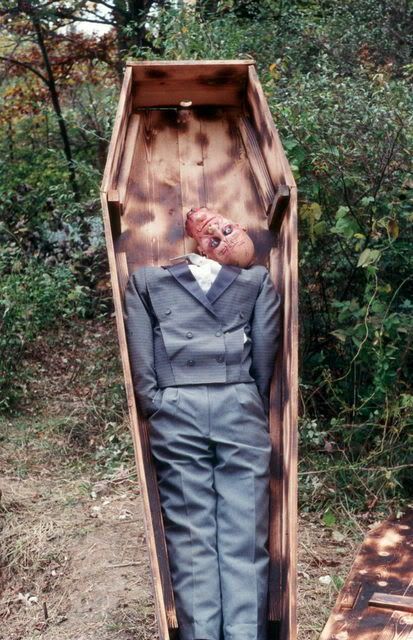Snapshots In My Time...
Of My Time.....Hauntings.
More than 2,000 years ago, October 31st was a day to be feared by the Celtic people who lived in what is now England, Ireland and France. For them October 31st was The Festival of Samhain, which marked the end of the year and the end of the harvest season. It was their New Year's eve.
The Celts, who lived 2,000 years ago in the area that is now Ireland, the United Kingdom, and northern France, celebrated their new year on November 1. This day marked the end of summer and the harvest and the beginning of the dark, cold winter, a time of year that was often associated with human death. Celts believed that on the night before the new year, the boundary between the worlds of the living and the dead became blurred. On the night of October 31, they celebrated Samhain, when it was believed that the ghosts of the dead returned to earth.
In addition to causing trouble and damaging crops, Celts thought that the presence of the otherworldly spirits made it easier for the Druids, or Celtic priests, to make predictions about the future. For a people entirely dependent on the volatile natural world, these prophecies were an important source of comfort and direction during the long, dark winter.
Why all the fear? Because it was believed that during the evening of this harvest festival the Lord of the Dead, Samhain, would allow the dead to return to earth for a few hours.
To hide from these evil spirits many people donned masks - the more gruesome the better - so the spirits would think they were not mortals but other evil spirits and pass them by. Grotesque masks of all sizes and shapes were made from animal skins, animal heads and anything else the Celts could find and use. Costumes were also incorporated in this ceremony. The wilder the costume, the more frightening it would be to ward off the evil spirits.
Bonfires, in honour of the sun god, were built to keep these spirits away. The masked and costumed people would gather around the bonfires dancing, singing, and even jumping over the flames. Those who didn't jump high enough were burned in the flames and offered as a human sacrifice. Other sacrifices made to the bonfire were animals and crops. In the 7th century the church celebrated All Sain ts Day on November 1st to honor the souls of the dead. The night before was known as All Hallow's Eve, which eventually took the name Halloween. As the years passed and people traveled to America, the tradition of Halloween followed. And with this came new customs and practices. American children would dress up as ghosts and goblins to try and scare their neighbours. Soon thereafter it became customary for the neighbours to offer the children treats. Back then it was baked goods. Today it's candy.

0 comments:
Post a Comment